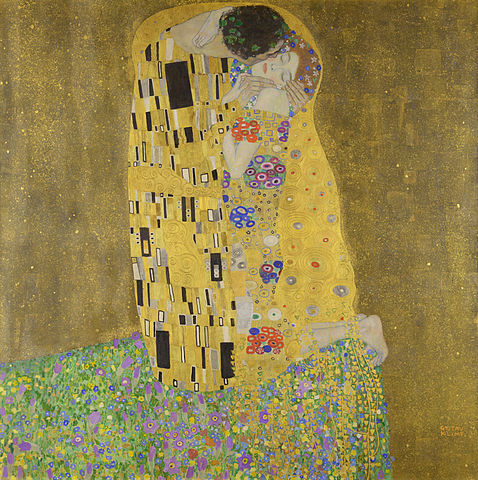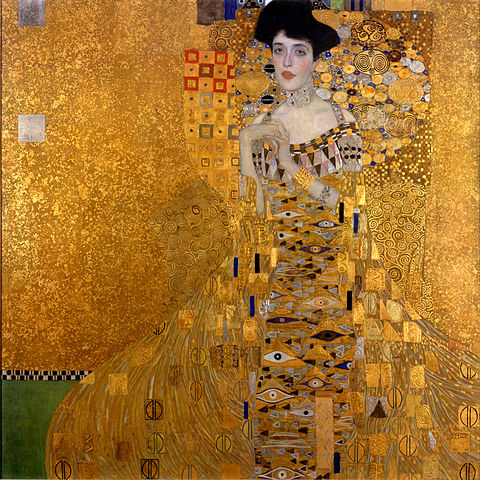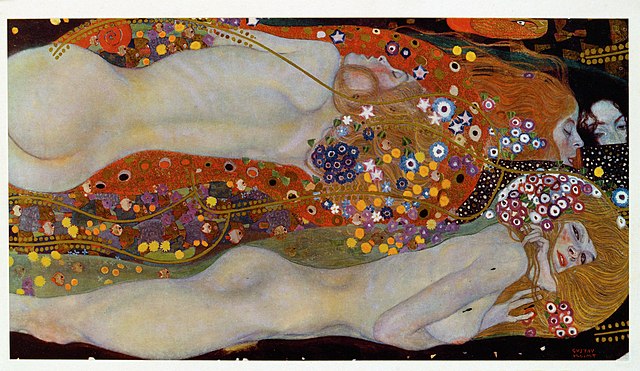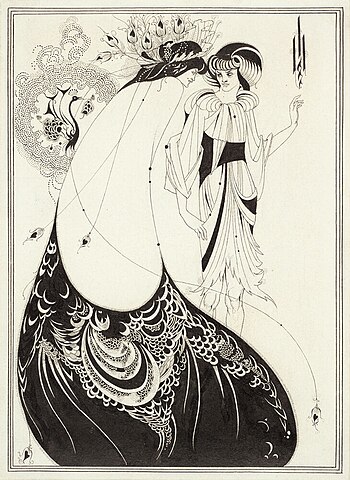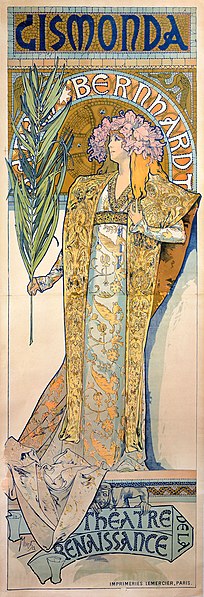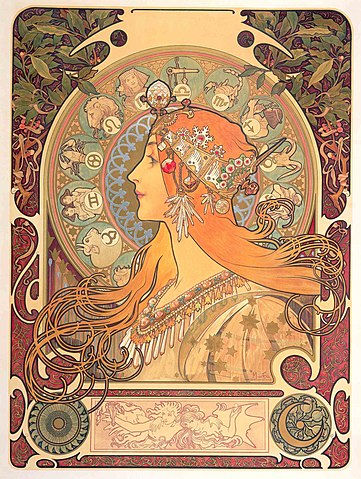Picture this: It’s the late 19th century, and everything in art is either super stiff and traditional or drenched in industrial grime. Then, like a rebellious vine creeping over a stone wall, Art Nouveau bursts onto the scene with its swirling, nature-inspired designs. Suddenly, buildings, paintings, jewelry, and even furniture start looking like they were made by elves with impeccable taste.
Born out of a rejection of the cold, mass-produced aesthetic of the Industrial Revolution, Art Nouveau embraced organic forms, fluid lines, and intricate detail. It was a total “go big or go home” moment in art history. If it didn’t look like it was growing, twisting, or melting into something magical, it simply wasn’t Nouveau enough.
“Not one single detail shall be without its meaning.”
– Victor Horta
Curves, Flowers, and Whiplash Lines—Oh My!
Art Nouveau wasn’t just about making things pretty; it was a full-blown aesthetic revolution. It blended influences from nature, Japanese prints, and mythology to create an otherworldly feel. Buildings sprouted floral motifs, posters featuring willowy women with endless hair, and everyday objects like lamps and chairs became sculptural masterpieces.
The movement’s signature “whiplash” line—a sinuous, swirling shape that looked like a ribbon caught in the wind—became its most iconic feature. If a design didn’t look like it was in the middle of an elegant dance with nature, it needed more Art Nouveau magic.
“Art should be independent of all claptrap—should stand alone and appeal to the artistic sense of eye or ear, without confounding this with emotions entirely foreign to it.”
– James Abbott McNeill Whistler
Meet the Masters of Nouveau
If Art Nouveau were a band, its lead singer would be Alphonse Mucha, the Czech artist who basically invented the iconic ethereal woman surrounded by flowers look. His posters became the face of the movement—graceful, romantic, and just a little bit mystical.
On the architecture side, Antoni Gaudí was Art Nouveau’s mad genius. His surreal, melting facades in Barcelona (looking at you, Casa Batlló) still make tourists wonder if they’ve stepped into a dream. And then there was Gustav Klimt, whose shimmering, golden paintings (hello, The Kiss) took Art Nouveau straight into the world of fine art.
“To every age its art, to every art its freedom.”
– Motto of the Vienna Secession, led by Gustav Klimt
Why Art Nouveau Didn’t Last Forever
For all its beauty, Art Nouveau had one little problem: it was super expensive. Those intricate details and hand-crafted designs weren’t exactly factory-friendly. When World War I came along, the world needed efficiency, not elaborate floral door handles. Enter Art Deco, the slick, geometric cousin that replaced Nouveau’s nature-inspired swirls with sleek, modern lines.
But did Art Nouveau ever truly disappear? Not really. You can still see its influence in tattoos, fantasy illustrations, jewelry, and even modern architecture. The style remains a favorite for those who like their art with a touch of elegance and a dash of the whimsical.
“Art should be independent of all claptrap—should stand alone and appeal to the artistic sense of eye or ear, without confounding this with emotions entirely foreign to it.”
– James Abbott McNeill Whistler
Add Some Nouveau to Your Life
Feeling inspired by the swirling beauty of Art Nouveau? Why not bring a little of its magic into your own space? Whether it’s an elegant Mucha print, an ornate mirror, or even a curvy, nature-inspired design in your art, the spirit of Art Nouveau is still alive and twirling.
Embrace the curves. Celebrate the details. And always let your art flow like a whiplash line caught in the wind. 🎨✨
Looking to explore more art genres? Head over to JoeLatimer.com for a multidisciplinary, visually stunning experience. ☮️❤️🎨
Enjoy this blog? Please help spread the word via:



